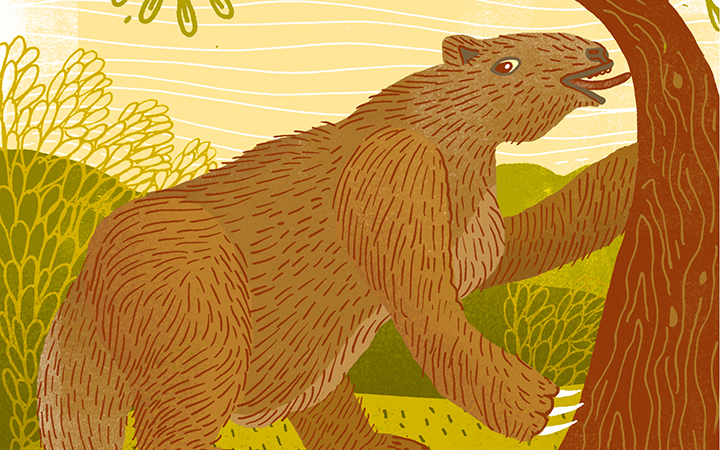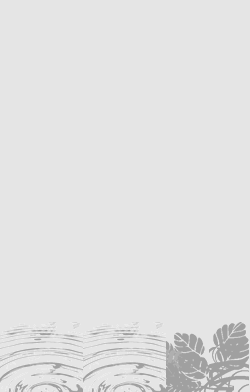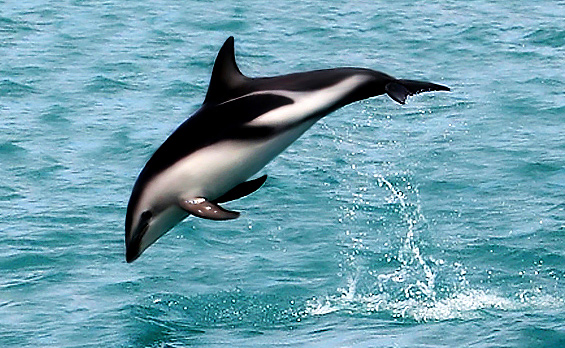Voyage of the Beagle Darwin Deck
2016 – (See Cards | Deck Info | Download cards : board : rules | Purchase Box Set : Cards Only)…
This is a deck made with research help from Karen James and includes commissioned art of a variety of organisms that Darwin observed or collected whilst on the H.M.S. Beagle. This deck will include 40 new cards and also a small game board that depicts a map of the voyage route. Note that the different card border colours are representative of different legs of the journey.

Galapagos Prickly Pear
Opuntia echios


1 POINTS
Fact: This prickly pear is a favourite meal for the Galápagos tortoises. It’s presence is also a selective pressure and has resulted in changes to the tortoise’s shell.

Lathyrus nervosus
Lathyrus nervosus


3 POINTS
Fact: During the Beagle voyage, this pea plant specimen was collected in Bahia Blanca, near Buenos Aires on October 2nd, 1832.

Megatherium
Megatherium americanum


4 POINTS
Play: Megatherium has a MOVE of 2 and is EXTINCT.
“To my great joy I found the head of some large animal, imbedded in a soft rock. — It took me nearly 3 hours to get it out: As far as I am able to judge, it is allied to the Rhinoceros.” Darwin, 1832: On finding a Megatherium specimen.

Beagle Runs Ashore
Event Card
Play: Can be played at the start of one’s TURN for below effect, and then discarded.
Effect: All other players miss their turn. In effect, the player who uses this card can add an extra three ACTIONS during their TURN.

Chile Darwin’s Frog
Rhinoderma rufum


7 POINTS
Play: This frog has a MOVE of 2.
Fact: The Chile Darwin’s frog is currently listed as “Critically Endangered” by the IUCN, but as there have been no confirmed sightings since around 1978, it may be EXTINCT.

Fitzroy Dolphin
Lagenorhynchus obscurus



8 POINTS
Play: This dolphin has a MOVE of 2.
Fact: Darwin described this species as Delphinus fitzroyi from a specimen harpooned off Argentina in 1838.